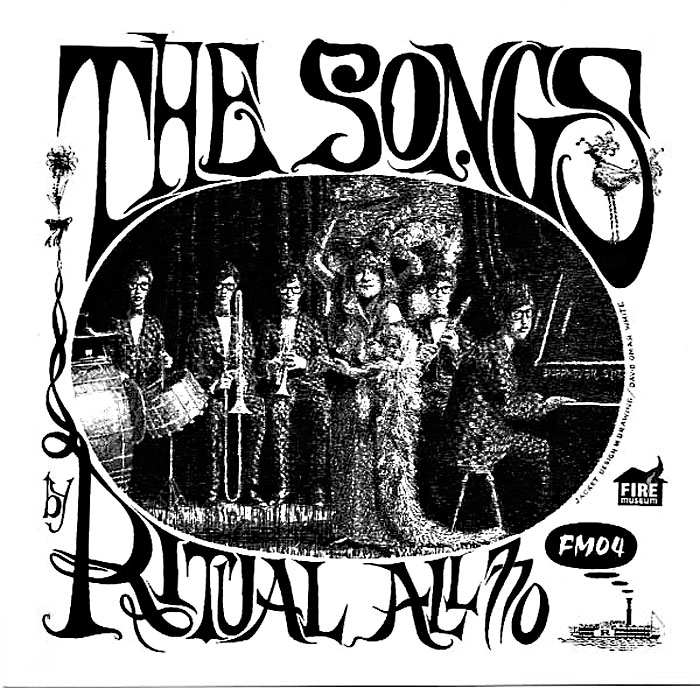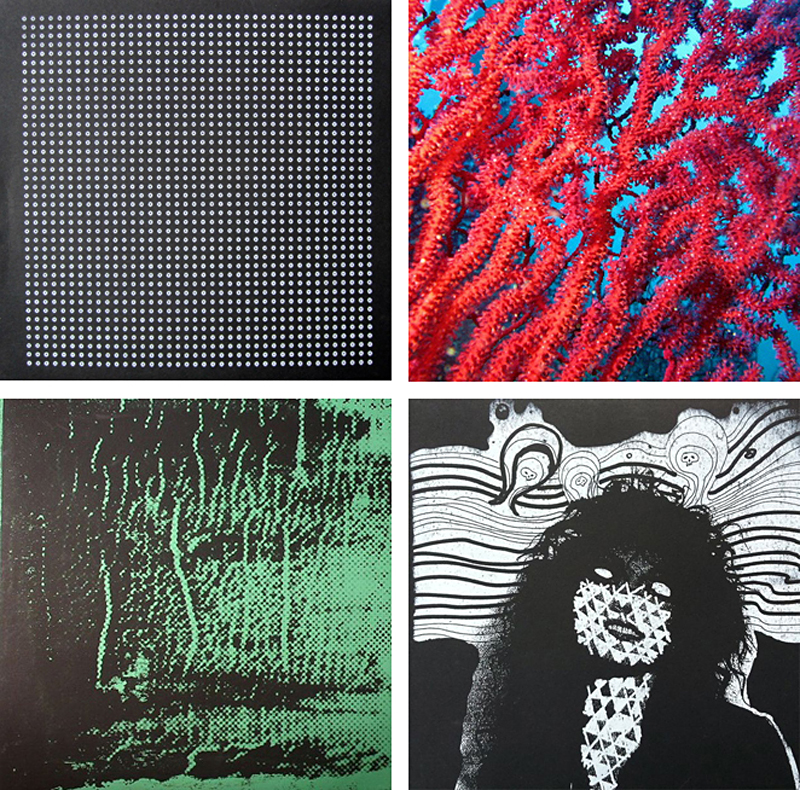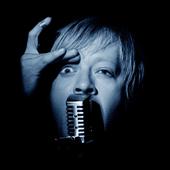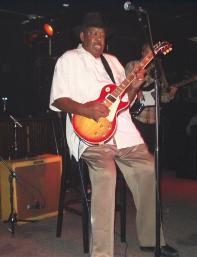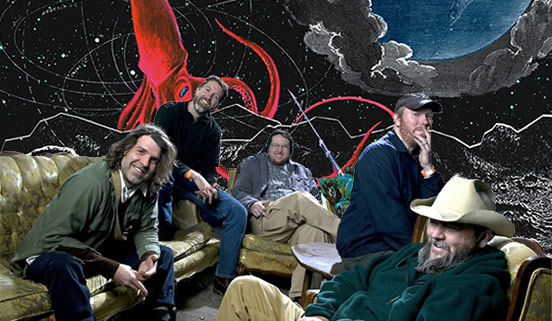Over the past 25 years, the Seattle-based Sun City Girls and their myriad side projects have evolved into America’s most influential underground enterprise. Along with the Ex, those anarchic punks from the Netherlands, they’ve exposed an entire generation of kids to non-Western music and avant-garde sounds, laying the foundation for a new indie rock that’s as informed by field recordings, global pop, and free improv as it is by Dinosaur Jr. and Galaxie 500. Bands like Animal Collective, Deerhoof, Abe Vigoda, Xiu Xiu, Vampire Weekend, and Neung Phak are all in some way in debt to the SCG universe. Plus there’s the growing number of labels clearly inspired by the pan-global aesthetic of both Abduction and Sublime Frequencies, the two imprints associated with the Sun City Girls.
At 44, Steve Tobin is a bit older than all those hip freaks spinning Torch of the Mystics for the very first time. The head of Fire Museum Records actually remembers the mid-’80s, when the Sun City Girls, the Ex, and lesser-knowns like Savage Republic grew tired of punk and hardcore and drifted into world music, jazz, and post-industrial noise.
“As hardcore became more and more predominant, things became less and less interesting,” says Tobin, phoning from his Philadelphia pad, where he’s planted in front of a tiny air conditioner struggling to keep him cool. “One of the things I got into was free jazz. The dollar bin at Tower Records was loaded with records from Albert Ayler, Ornette Coleman, and John Coltrane. A lot of that stuff claimed to be based on Indian modality. And that’s how the entire world of non-Western music opened up for me.”
Because Tobin participated in post-hardcore’s first awakening to life beyond the American pasture, his Fire Museum imprint (www.museumfire.com) isn’t so much SCG’s offspring as a kind of younger brother. He even nixed the label’s second proposed release, a collage of field recordings made in India, when Sublime Frequencies, which mines a similar aesthetic, dropped its first release while Tobin was still in production. “I thought people would say we’re just trying to ride the same train, so I put it aside for a while,” says Tobin of Indian Sonic Omnibus, which finally came out this summer on Majmua Music, Fire Museum’s new specialty imprint.
Even if ISO had come out when it was supposed to, back in 2002, he would have had nothing to worry about. The Sun City Girls might’ve charted much of the terrain that Fire Museum now roams, but Tobin has built a unique catalog of obscure treasures which span traditional ethnomusicology, specialty reissues, and modern experimental music. The first release that tickled these ears was Madras 1974 from the Nathamuni Brothers, a south-Indian classical brass band that goes nearly as all-out as those awesome Ayler records Tobin found in that dollar bin. He acquired the archival recordings from Robert Garfias, a professor of anthropology at the University of California, Irvine.
“We’re hoping to put out some recordings Garfias made in Burma in the 1970s,” explains Tobin, who dreams of exploring the southeast Asian country one of these days. “He got to stay in Burma in 1972 for an extended time, which was unheard of back then. Usually, people only got to stay in Burma for no more than two weeks. He’s got hours of recordings.”
Speaking of vintage jams, Fire Museum also dropped the first reissue of Alan Sondheim’s The Songs. The 1967 nugget, a spontaneously composed jazz opera that bubbles and shrieks for about 35 straight minutes, is something of a Holy Grail for noise dudes because it made Nurse with Wound’s list of obscure experimental classics, an insert that accompanied the industrial icon’s 1979 debut.
The old stuff is cool and all, but Fire Museum truly rocks when it’s documenting current sounds, namely those from Philadelphia and Finland, two locales that have become hotbeds for that new indie music I mentioned above. In addition to dropping the first record from Espers cellist Helena Espvall, Tobin has also hooked up with her hippie pals Buck and Shanti Curran from the wilds of Maine. Calling themselves Arborea, the duo filters hushed folk-blues through whimsical vibes clearly inspired by Dungeons & Dragons (or at the very least acoustic Zeppelin).
Even better is the mysterious Keijo Virtanen. He’s a Finnish axe-master who has one foot in his country’s experimental scene (Avarus, Kemialliset Ystävät, etc.) and the other, believe it or not, in Marin County circa 1971. Rhythm Kingz of Bushel Finland, Virtanen’s second and latest release for Fire Museum, takes Hot Tuna’s LSD-spiked country blues and gets it even higher. We’re talking stoners in flying saucers obsessed with Skip James and Robert Johnson.
Interestingly enough, Rhythm Kingz’s cracked folk isn’t all that different from the Sun City Girls’ latest tour, where the Bishop brothers paid tribute to their late drummer Charles Gocher by reimagining their entire oeuvre as modern alternative folk. So yeah, we’ve come full circle.
